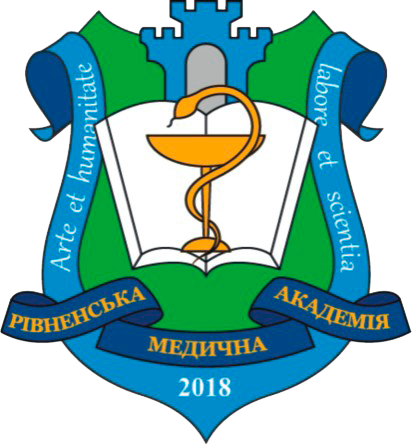STUDY OF WOUND-HEALING PROPERTIES OF MEDICAL PENCILS WITH PLANT EXTRACTS
DOI:
https://doi.org/10.32782/health-2023.4.21Keywords:
wound healing activity, medical pencils, cheilitis, lip cracksAbstract
The work is devoted to the study of the wound-healing effect of samples of medical pencils. The study was conducted on rats in compliance with ethical standards and recommendations for humane treatment of laboratory animals. The wound-healing activity of the samples was studied on the model of a full-layer stencil wound. The study was conducted on 36 male rats weighing 250±20 g, which were divided into 6 groups of 6 animals each. Group 1 was a positive control, the animals of which were not treated; 2nd group – animals that were treated with a pencil base; group 3 – pencil with mango extract; group 4 – pencil with oil extract of medicinal plant raw material; group 5 – oil extract of medicinal plant raw material; group 6 – pencil with oil extract of medicinal plant raw material and mango extract. The studied samples were applied once a day with a thin layer at a dose of 100 mg/cm2 for 21 days, and the oil extract, which was applied similarly, but in a dose of 60 mg, equivalent to the content of the oil extract in the product. The indicator of the woundhealing effect of the samples was the change in the area of the wounds, which was monitored dynamically after 1 day. The nature of wound healing was assessed by the presence of edema and hyperemia in dynamics. The results of the study showed that in the animals of the positive control group, wound healing does not end on the 21st day and is accompanied by hyperemia and edema. Using a pencil base does not speed up the healing process. The use of a pencil with mango extract also did not significantly accelerate the healing process. A pencil sample with an oil extract of medicinal plant raw material and the extract itself demonstrated the presence of appreciable reparative activity without significant differences in healing dynamics. The most significant reparative effect was demonstrated by a sample of a pencil with a combination of mango extracts and an oil extract of the medicinal plant raw material mixture. The use of the drug with a combination of extracts in the treatment of a stencil wound contributes to faster healing and reduction of the area of the wound defect. The developed drug can also be introduced as a cosmetic and hygienic agent for use in case of chapped lips, which is caused by their dryness.
References
Нестерук Т.М., Половко Н.П. Обґрунтування складу медичного олівця для профілактики та лікування захворювань шкіри і червоної облямівки губ. News of pharmacy. 2022. № 2(104). С. 26–31. DOI: https://doi.org/10.24959/nphj.22.95
Кожем`якін Ю.М., Хромов О.С., Філоненко М.А., Сайфетдинова Г.А. Науково-практичні рекомендації з утримання лабораторних тварин та роботи з ними. Київ : Авіцена, 2002. 156 с.
Доклінічні дослідження лікарських засобів (методичні рекомендації) / за ред. О.В. Стефанова. Київ : Авіцена, 2001. 528 с.
Directive 2010/63/EU of the European Parliament and of the Council of 22 September 2010 on the protection of animals used for scientific purposes. OJEU2010; L276: 33–79.
Лікарські засоби. Належна лабораторна практика. Київ : Міністерство охорони здоров'я України, 2009. 27 с.
Яковлєва Л.В., Ткачова О.В., Бутко Я.О., Лар’яновська Ю.Б. Експериментальне вивчення нових препаратів для місцевого лікування ран. Методичні рекомендації. Харків : НФаУ, 2013. 52 с.
Ткачова О.В. Фармакологічне вивчення нових лікарських препаратів, створених на основі природних субстанцій і призначених для місцевого лікування ранового процесу : автореф. дис. … д-ра фармац. наук : 14 03.05. Харків, 2014. 45 с.
Indrayan A., Malhotra K. R. Medical biostatistics. 4th ed. Boca Raton : CRC Press, 2018. 685.





